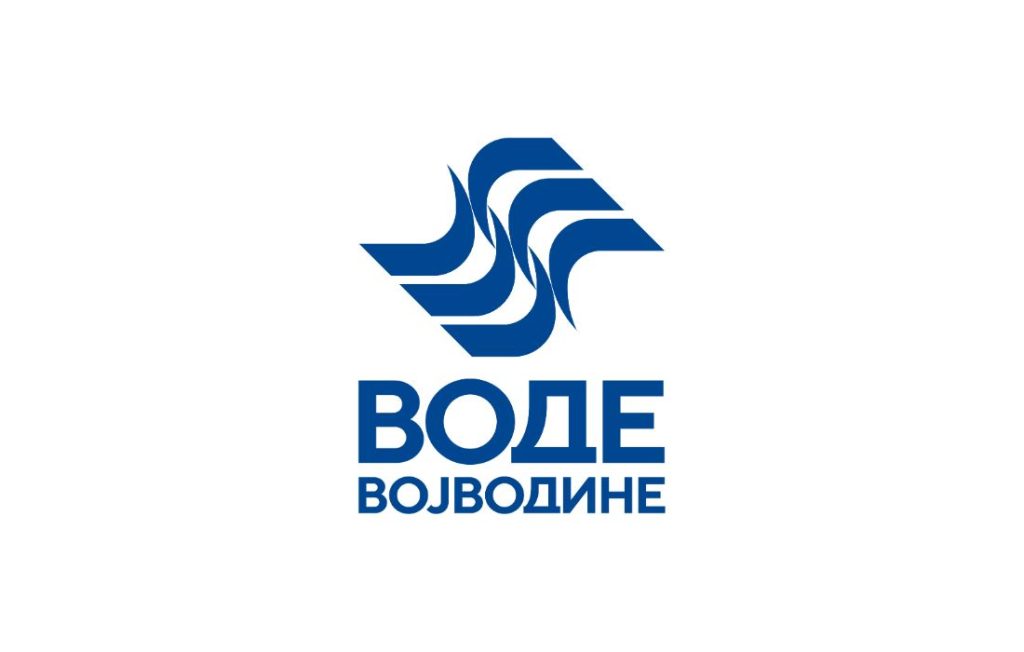Coinciding with international Danube Day celebrations, the JOINTISZA project organised a string of milestone events that will shape future project activities.
Every June 29, Danube Day celebrates the Danube River, its tributaries, and the vital role these water bodies play in providing water, food, power, recreation and livelihood. As the Tisza River is the longest tributary of the Danube and the largest sub-basin of the Danube Basin, the JOINTISZA project, which aims to strengthen transnational water management and flood risk prevention, and involves 17 partners across five countries sharing the Tisza River Basin, organised a series of project management meetings and trainings to coincide with the region-wide event, which were held on June 26–29, 2017, in Szolnok, Hungary.
The events brought together project partners from each of the five Tisza River Basin countries—Ukraine, Romania, Slovakia, Hungary and Serbia. The Project Management Unit meeting provided an opportunity for the management team to discuss administrative issues and the progress of project activities in order to ensure timely implementation. This was followed by a meeting of the Steering Committee, the main objective of which is to oversee the effectiveness and quality of implementation of the JOINTISZA project. The Steering Committee endorsed the deliverables of the first period, including, among others, the “Project Management Handbook”, “Project Action Plan” and “Project Communication Plan”. These documents establish the working mode and roadmap for project implementation. Also, a Peer Review Group was introduced—basically a think-tank of the Quality Management team that is responsible for quality control and on-schedule delivery of project outputs.
OVF, the lead partner in close cooperation with KÖTIVZIG Tisza Office, and WWF Hungary organised back-to-back seminars: “Train the Planners” and “Shared Vision Planning Methodology”. Targeting the project team’s river basin management planning experts, the seminars covered basic methodologies related to effective public involvement in water management decision-making processes.
The “Train the Planners” seminar introduced theory and principles of public participation and provided a platform for sharing experiences. Moreover, “learning by doing” exercises helped to familiarise participants with stakeholder analysis methods and planning stages of stakeholder involvement processes. The seminar produced five National Stakeholder Involvement Roadmaps, which will serve as a basis for national-level stakeholder involvement on issues relevant at the Tisza basin level. The results of these actions will feed into the overall Public Involvement and Participation Strategy, which will guide public participation and involvement activities related to the development of the Integrated Tisza River Basin Management Plan.
The last days in Szolnok were spent focusing on “Shared Vision Planning” (SVP) methodology, a collaborative tool that can help to resolve problems related to water resources management. The methodology integrates traditional water resources planning methods, structured public participation, and collaborative computer modeling into a multifaceted planning process. Organised in a participatory way, the different working group exercises facilitated a better understanding of the theory and potential benefits of the three pillars of SVP. The application of SVP was discussed in detail in the context of the JOINTISZA project’s drought management pilot, which will result in a guidance paper on climate change-induced water quantity issues within a selected pilot area in Hungary.
Background
The JOINTISZA Project started in January 2017 and will run until June 2019.
The project is implemented under the umbrella of Interreg Europe, a European Union programme for interregional cooperation that helps regional and local governments across Europe to develop and deliver better policy, through the targeted Danube Transnational Programme (DTP), which promotes economic, social and territorial cohesion in the Danube Region through policy integration in selected fields.
JOINTISZA falls into the “Environment and Culture Responsible Danube Region” priority area of the DTP, with a specific objective to strengthen transnational water management and flood risk prevention. It involves 17 partners across five countries sharing the Tisza River Basin (Hungary, Romania, Serbia, Slovakia, and Ukraine) in order to identify solutions to common challenges. JOINTISZA focuses on the interactions of two key aspects of water management — river basin management (RBM) and flood protection — while taking into account the relevant stakeholders who play a pivotal role in the Tisza RBM planning process. The main output of the project will be an updated final draft of the Integrated Tisza RBM Plan, which already includes the primary aspects of the Floods Directive.
The amount of overall funding for JOINTISZA is EUR 2.2 million.
For more information:


